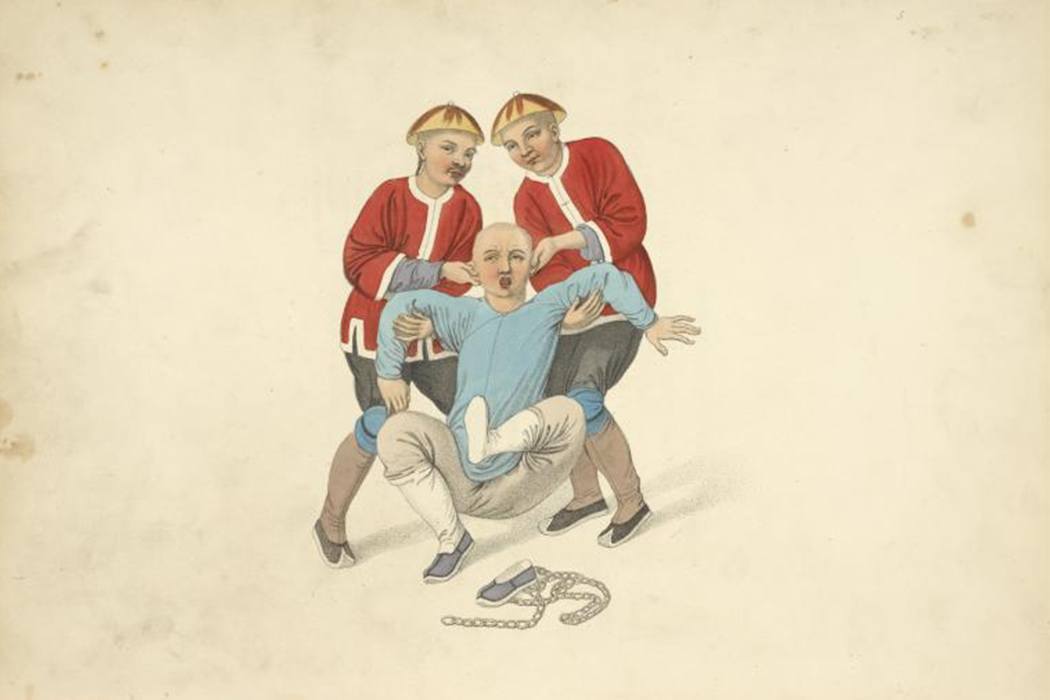Candidates for President have been debating the use of torture again. A comparative historical analysis of the practice suggests that those who support it are not necessarily outliers. As Christopher J. Einolf explains in “The Fall and Rise of Torture,” the practice actually decreased in the 18th and 19th centuries, but then returned with a vengeance in the 20th century and continues in the 21st.
Einolf defines torture as an “act in which severe physical pain is intentionally inflicted on a person by a public official while that person is under the custody or control of that official, where there has not been, or has not yet been, a formal finding of guilt.” He leaves aside questions of morality or motive, as manifested, for instance, in the definition in the UN’s Convention Against Torture and Other Cruel, Inhuman, and Degrading Treatment and Punishment.
Even in the ancient and medieval world, citizenship largely protected people from torture, except for those charged with the most serious crimes of treason and heresy (a form of treason against the Church and/or God). More typically, it was outsiders who were subjected to it: slaves, foreigners, prisoners of war, and minority ethnic or religious groups within the larger culture. The same can be said today: liberal democracies do not as a rule apply it to their own citizens, although, of course, local police forces have done so.
Historians and legal scholars continue to debate why torture was made illegal throughout Europe by 1851. Einolf summarizes the main arguments and notes that, even if illegal, it never completely disappeared, but what he is more interested in is why the practice returned so forcefully in the 20th century.
The resurgence came with a fundamental difference: in the medieval and early modern period, torture was a formal legal procedure subject to regulation and often conducted in public. During England’s “century of torture,” 1540-1640, for instance, approximately 100 people were tortured (the records are admittedly incomplete). In the modern period by contrast, torture is “conducted outside of formal legal practice, by government security agents, without regulation, and in secret.” During the Soviet Union’s Great Purge of 1938-1939, for instance, some 700,000 Communist Party members were tortured to death.
Einolf points to the changing nature of contemporary war, particularly insurgencies and civil conflicts, as one of the main reasons torture has continued beyond the century of world wars, totalitarian states, and the sometimes violent ending of colonialism. A plethora of frankly undemocratic and illiberal nations, along with liberal democracies challenged by terrorism, have all resorted to the use of torture. Notably, this is still largely only used against others, non-citizens, but the line seems a fragile one.







